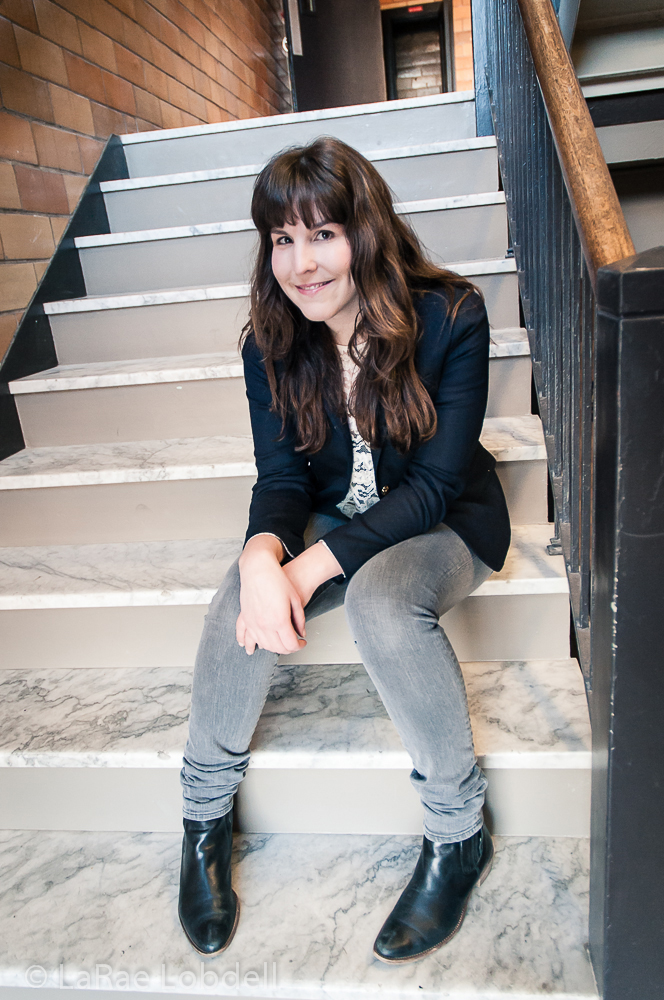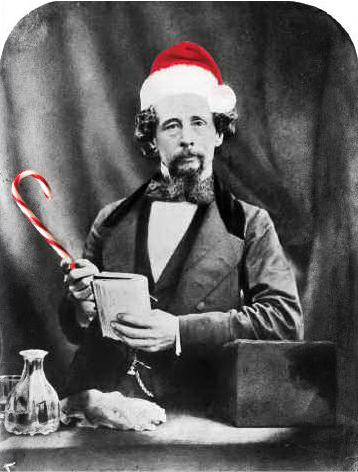When I started writing this column two years ago, I was still reeling, like a lot of people I know, from the death of the Empty Space Theatre. Theaters have natural lifespans, but the loss of the Space after 36 years was especially painful. The company had dedicated itself to work that was new, unconventional, and not necessarily to the popular taste—exactly the sort of theater a society should support, if only to give Republicans something to scream about. And it had closed its doors for what in arts funding terms was a paltry debt: $75,000. Meeting with the Space’s newly unemployed artistic director Allison Narver, I could see she was practically teetering with exhaustion. But she was clear-eyed about the state of our theater scene: We were in trouble.
So two years later: How are things, Seattle?
Well, most of the region’s theaters that were open then are still open, save Tacoma Actors Guild and several fringe venues. And even Narver, thankfully, continues to work all over Seattle. But major cuts of both staff and budgets have been announced for the Rep and ACT, and other theaters are likely to follow. Several of our mainstage theaters carry a debt larger than the amount that sunk the Space, and while things are more stable for midsized companies like Seattle Shakespeare, Book-It, and Taproot, I’m not convinced that we’ll make it through this year without the closure of another Seattle company.
So in five years, will we be living in some post-apocalyptic theater town, where the largest venue is a 99-seat black box on Capitol Hill? (Mike Daisey’s How Theater Failed America considered this scenario, and with a certain relish.) It might happen. The funding models that kept regional theaters solvent have collapsed, and it’s also true that an overemphasis on capital campaigns and administrative staff has left a lot of larger theaters teetering. Fortunately for them, they’re subsidized by artists, in thrall to their obsession, who insist on making art, even if the pay is miserable or nonexistent. I trained at a good school and have worked in theater for 20 years, but I’ve never made anything approaching a living wage at my art—and there are a lot of artists out there like me.
A deeper problem is that no one has any clear idea of what brings audiences to a show, despite some serious efforts at determining demographics and innovative marketing techniques. A decade ago, every show I went to, from a Belltown black box to the Rep, had healthy audiences. Now practically none do—and no one really knows why. Interestingly, the trend started well before our current economic catastrophe—a phenomenon that might be of interest to future economists. (When culture starts to falter, can the economy be far behind?)
Maybe we should follow the advice of Jerry Manning, Interim Artistic Director of the Rep, and “give the kids the keys to the car.” Handing over programming to hungry young artists in their 20s has the potential to transform theater back into a dynamic and dangerous art form, though I shudder at what I would have done at a place like the Rep when I was that age. (“A season of Eugene O’Neill plays! And something my friend just wrote!”) But sure, why not let the youthful dynamos at WET, ART, or Balagan take on some mainstage programming? The result might be as vital as our music scene—and could attract some of that elusive younger demographic that theaters are always lusting after. Yet even more exciting for me has been to see the rise of companies like Our American Theatre and New Century Theatre, groups filled with seasoned vets who are applying DIY sensibilities to administrative work—and perhaps recreating the form of professional theater along the way.
Some friends and colleagues believe that my defection to PR (I’ve taken a full-time job at the 5th Avenue) is a trip to the Dark Side. Maybe they’re right—though my own definition of the Dark Side involves that solo performance of The Celestine Prophecy I sat through at AHA! Theatre a dozen years ago. But on the second day at my new job, I sat in on an afternoon dress rehearsal for the 5th Avenue’s current production, Memphis, and was thrilled by the energy of the crew, working for hours on a show that they’d then repeat, to a paying audience, at that night’s preview. As soon as it was over, I jumped on a bus to North Seattle Community College, where I spent my evening directing a new play that opens this month, John Lennon’s Gargoyle. It was a 14-hour day, I missed lunch and ate a reheated dinner, and it would have been absolutely awful, except for one thing: I love theater. And there are enough people like me that I honestly think we’ll do just fine, even in the tough times to come.







